How to stop dampness coming through walls
Follow these steps to stop damp in its tracks

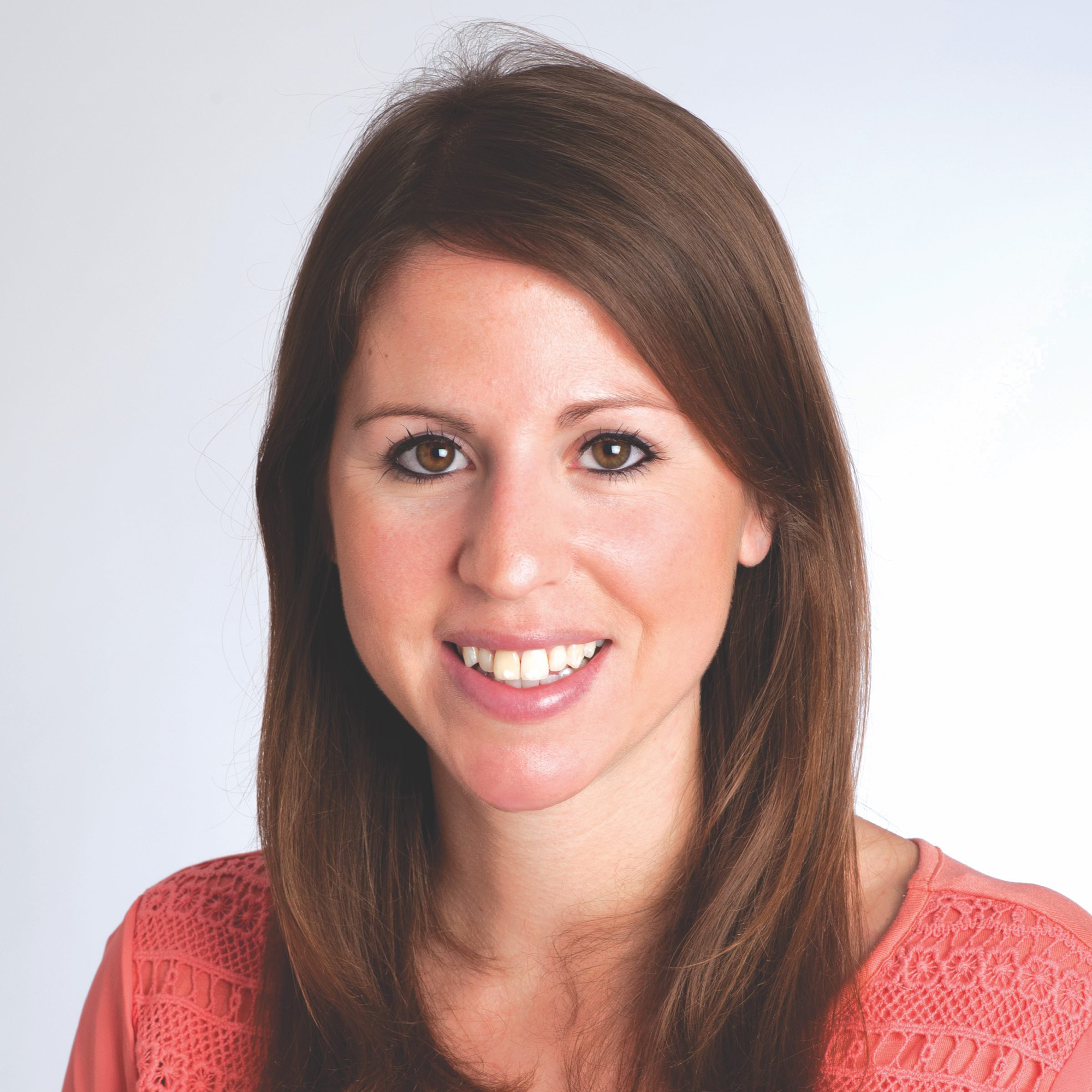
It's important to understand how to stop dampness coming through walls as it's such a common problem in homes.
We see damp a lot in the UK due to a combination of older buildings and those with poor wall insulation. According to Statistica, 3.4% of UK dwellings suffer from damp issues. Unless it's dealt with quickly and effectively, it can have an adverse effect not only on your property in terms of its structural stability but also its resell value.
‘The build-up of damp and mould can be unsightly and can ring alarm bells in a potential buyer's mind if there are any signs of it at a viewing,’ says Gemma Caulfield, residential branch manager and senior valuer at Bramleys. ‘What’s more, a damp home can also cause respiratory issues, too,’ she warns.
How to stop dampness coming through walls
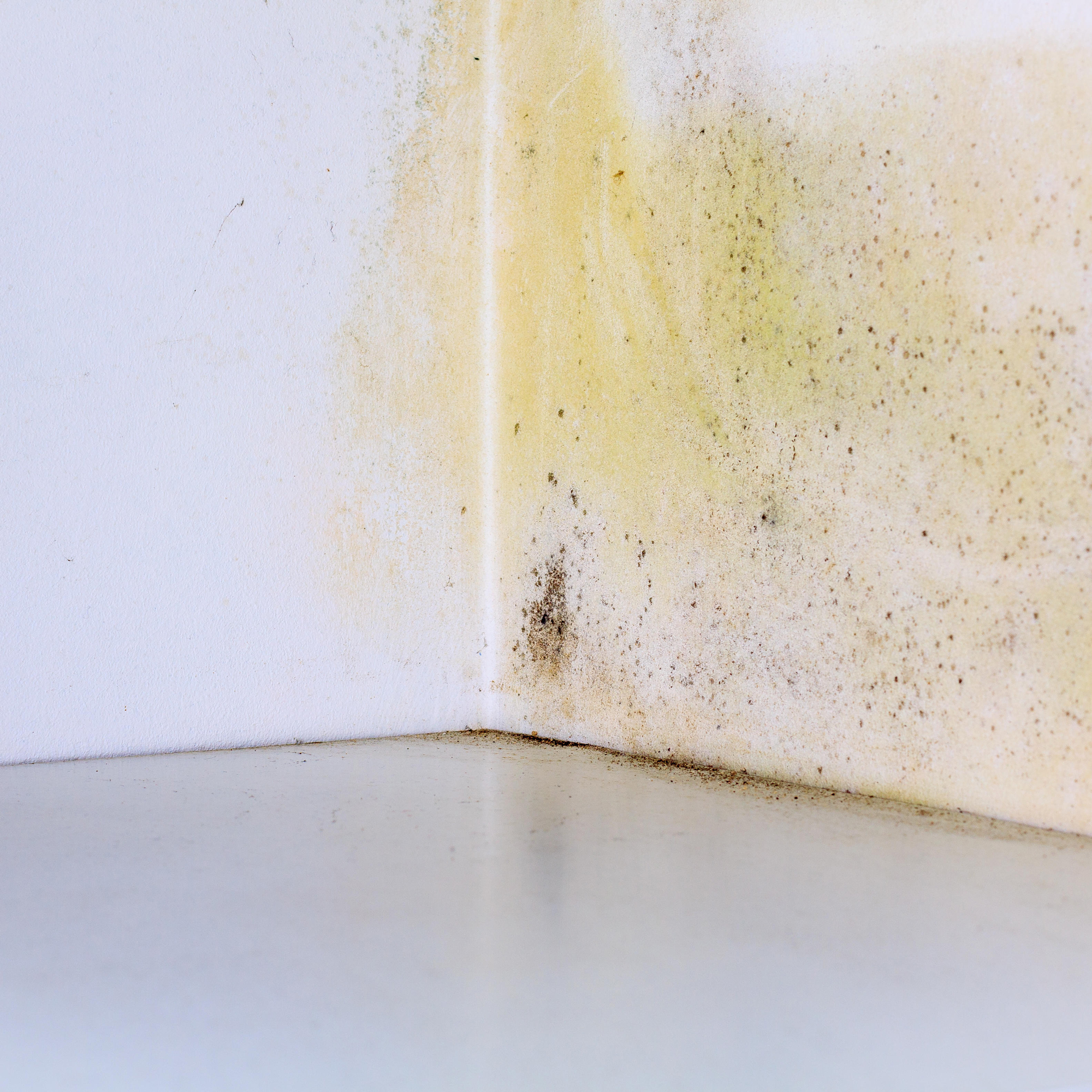
Damp and mould on a wall
If your home has an issue and you need to learn how to stop dampness coming through walls, follow these steps to resolve the issue and ensure a breathable, healthy, damp-free property.
First thing's first - what even is damp? There are two types of damp – rising damp and penetrating damp. ‘Rising damp is caused by a failure on the damp proof course (DPC) or from rising ground water in a basement,’ says Armond Syla of A&S Damp Proofing, a Rated People builder and damp proofing expert. ‘Whereas, penetrating damp is where rainwater manages to get into your property usually due to a structural defect, such as faulty guttering and roofing, or cracks in walls.’
‘The main signs of rising damp include patches near the bottom of the walls moving upwards and damp around the skirting boards or wall plaster,’ says Thomas Goodman, construction expert at MyJobQuote. ‘You might also notice that your paint or wallpaper starts to blister and/or peel.'
‘The most common sign of penetrating dampness is the appearance of damp stains on your exterior walls, as well as patches on your interior walls and ceilings,’ adds Thomas. ‘You may also identify a wet area on your plastering, or the plaster may start to crumble and black mould can form in isolated areas.'
1. Inspect your property
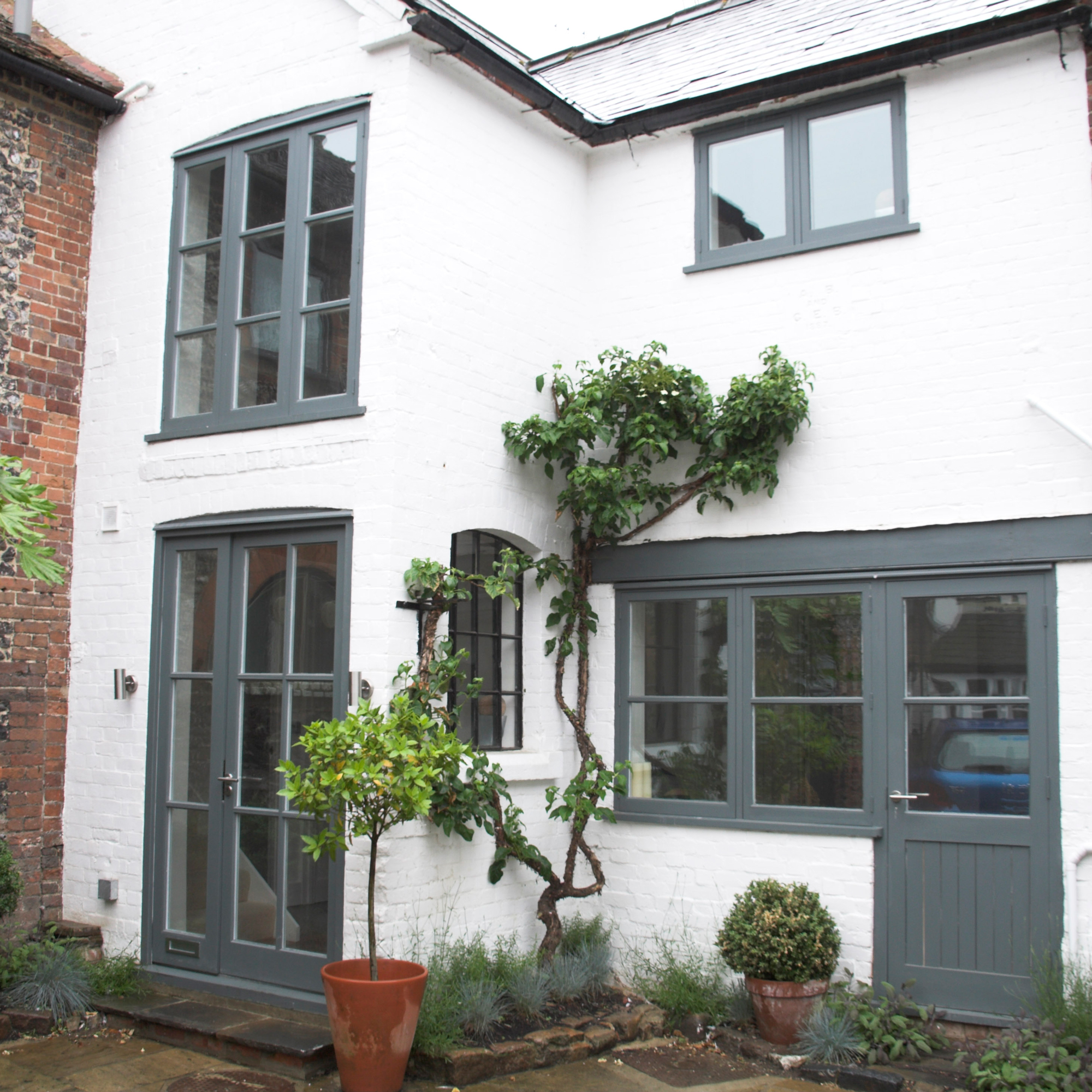
When it comes to how to stop dampness coming through walls, start with cleaning your gutters and roofing where water ingress might be the cause of penetrating damp in your home. Do this annually. The best time to inspect is early autumn, before the cold and wet winter weather kicks in.
Use a registered and qualified tradesperson, such as a National Federation of Roofing or a National Federation of Master Builders contractor. If there are problems, get them fixed as soon as possible.
2. Check your plumbing
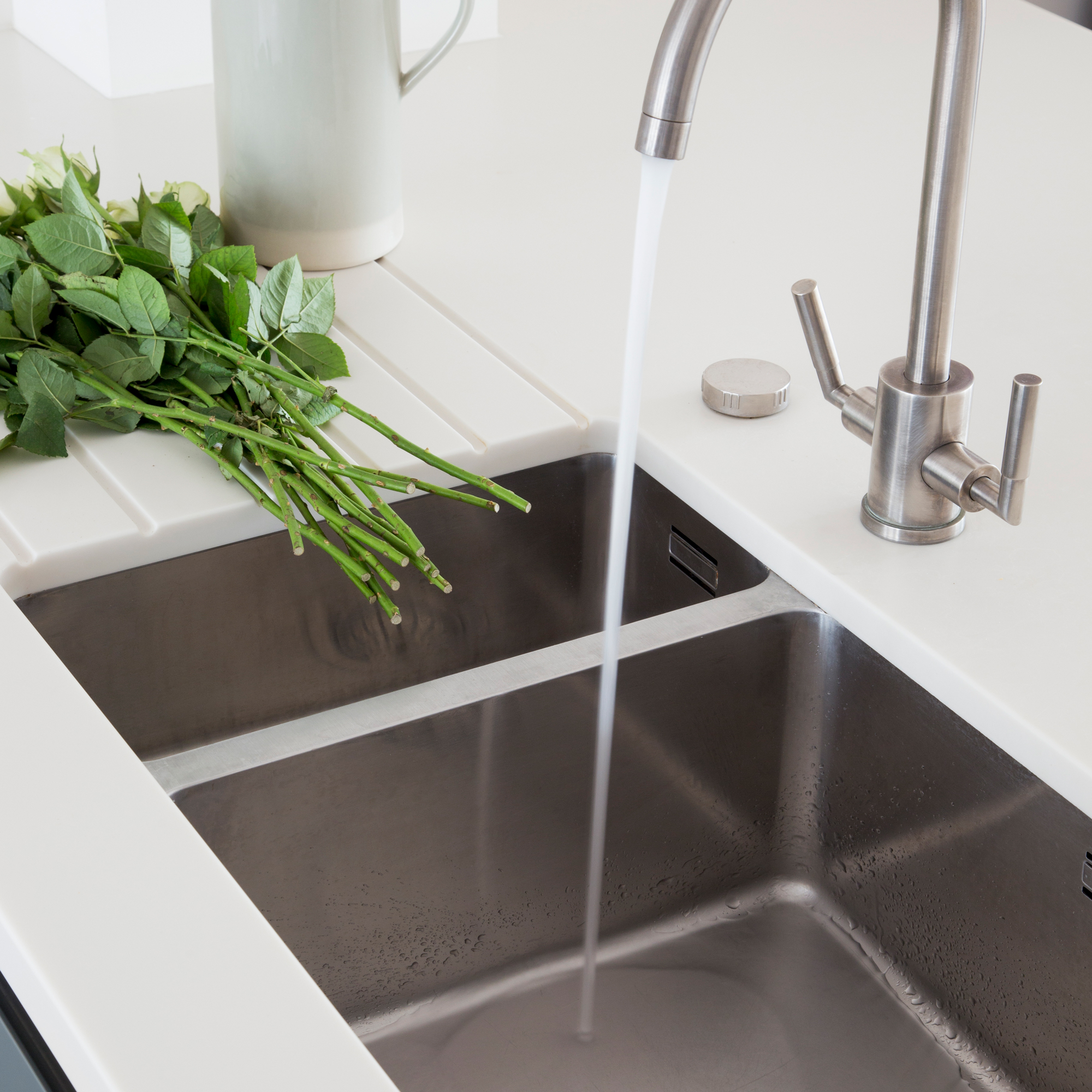
Dampness is caused by a sudden increase in the amount of moisture entering your home, which the building is unable to cope with. Any drips from plumbing which is causing one spot in your home to repeatedly get wetter and wetter will inevitably cause damp.
Look out for damaged seals around baths and showers, failing waste pipes in older bathrooms and corroded water pipes. An unusually high water bill is often a sign of a water leak. If in doubt, get a Gas Safe registered plumber to come and inspect the pipework in your home.
3. Use the correct materials
Cracks in your walls could be allowing rainwater to penetrate your home’s interior. You may need to repoint the mortar joints in your exterior walls. Make sure you are using the correct materials.
For example, cement is ideal for newer properties but, if your home pre-dates 1900, a lime mortar will need to be used with the stonework. Using the wrong mortar can affect your home’s breathability and potentially worsen the damp issue.
4. Apply a damp proof paint
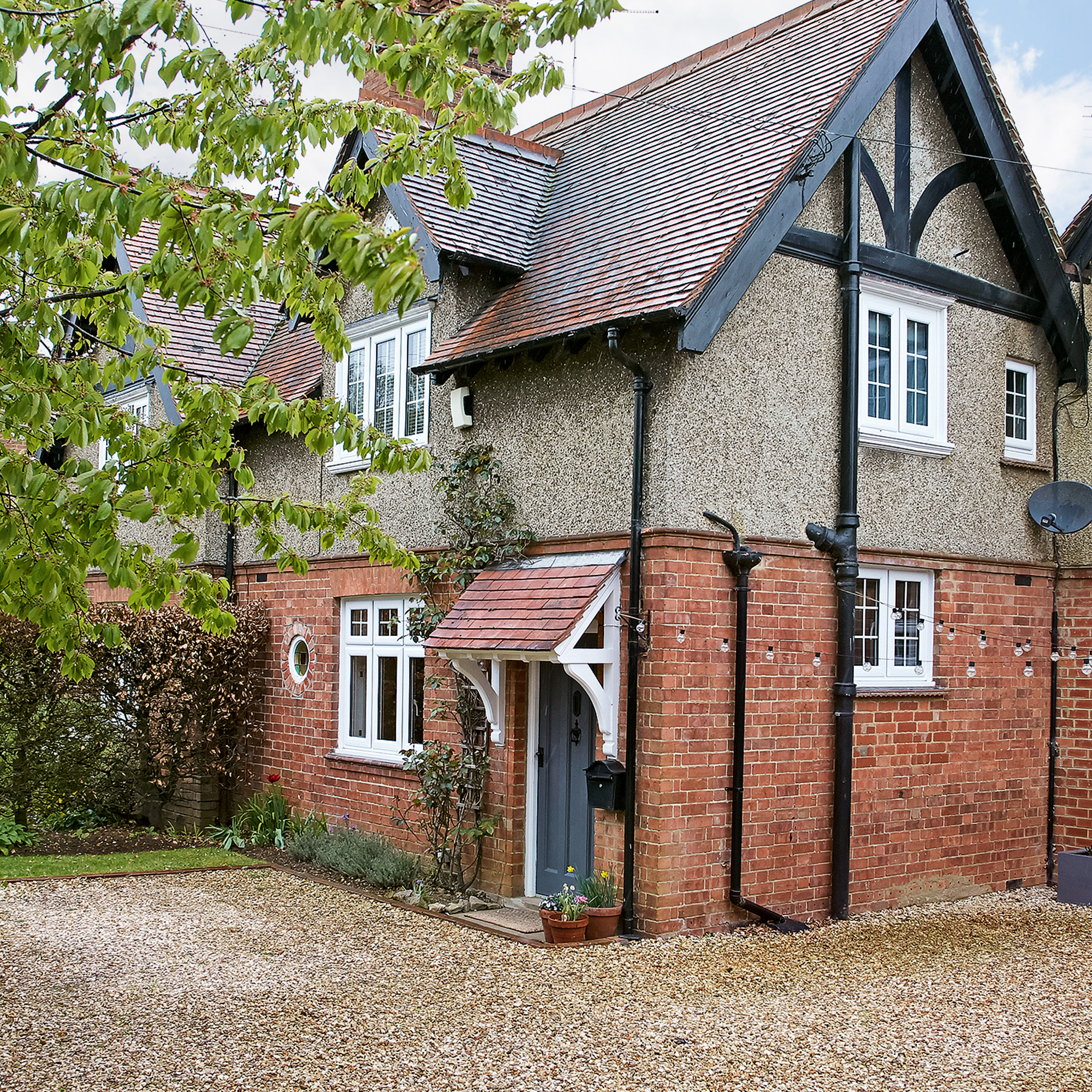
Older bricks can become porous as they age and allow water ingress. If this happens to your property, you may need to replace the bricks.
Before you do, you could try a less invasive option which is to paint the bricks with an exterior silicone water-repellent fluid or limewash. This will seal the bricks again, while still allowing them to breathe. Always seek professional advice to ensure the product you’re using works best with your building’s materials and age.
4. Check for a damp proof course (DPC)
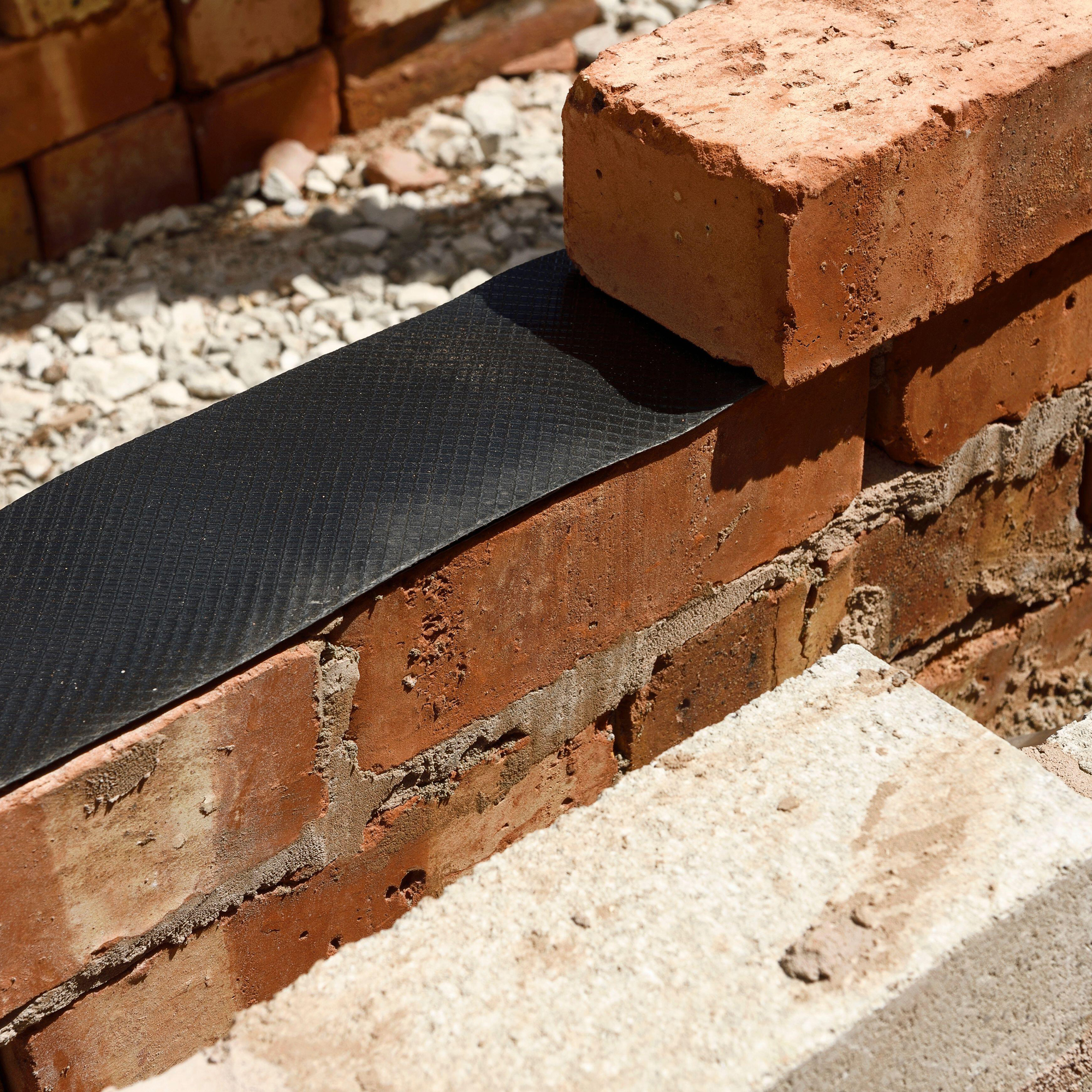
If you think you have rising damp, find out if your home has a damp proof course (DPC) which should stop water from the ground soaking into ground-level walls or floors.
In 1875, regulations came into practice which made it compulsory for homes built after this date to have a DPC. Anything built before this date is unlikely to have one. To check if your home has a DPC, look for a thin strip near the bottom of your home’s external walls.
If your home is still experiencing damp even with a DPC, it might be that it has become damaged over time and needs to be repaired or replaced. Instruct a property surveyor to run tests before getting quotes from a damp specialist company.
6. Check the the exterior ground level is at the correct height
Your DPC might be in good condition, and the damp problem might actually be caused by the ground outside your home being built up too high above the DPC, which should be a minimum 15cm above ground level. If this is the case, it’s an easy fix. Simply dig away excess soil on the exterior side of the damp wall to below the level of the damp proof course.
7. Sort out air gaps
‘A potential external cause of damp is through your windows or doors if they’re not sealed properly,’ says Thomas from MyJobQuote. Gaps around door and window frames could be allowing water ingress. You need to ensure your property is airtight and any damage is fixed quickly or consider replacement windows and doors.
8. Look out for condensation
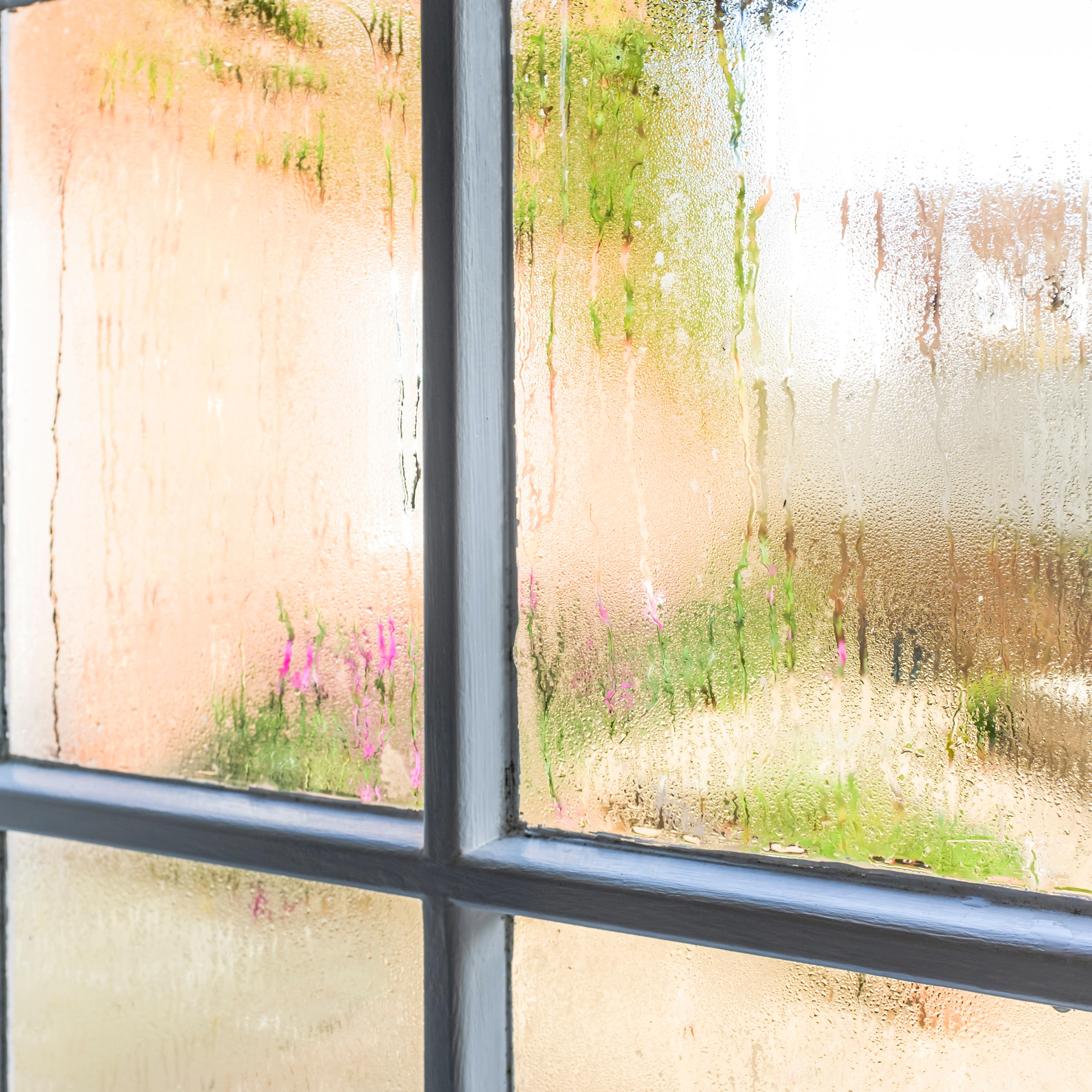
Condensation is a common type of damp and the easiest to be fixed by improving your home’s ventilation. There are various ways to stop condensation on walls and ceilings, including moisture in the home by opening windows and using dehumidifiers.
‘If your walls feel cold to touch and are starting to show black dots which are the beginnings of mould, you’re likely to have condensation on your walls,’ says Thomas from MyJobQuote.
Get the Ideal Home Newsletter
Sign up to our newsletter for style and decor inspiration, house makeovers, project advice and more.

Sophie Vening is a freelance journalist and editor with more than 16 years’ experience writing about homes and properties. She’s worked for some of the UK’s leading interiors, self-build and property titles including, Grand Designs, Ideal Home, House Beautiful, Build It, The Metro Homes & Property and The Evening Standard Homes & Property.
She enjoys writing about complex issues in an easy-to-understand way.
-
 Who is responsible for repairing a party wall?
Who is responsible for repairing a party wall?How to find out who should be organising and paying for the work
By Natasha Brinsmead
-
 Overcoming limited space and doing away with an awkward layout, this couple created a family kitchen filled with elegant touches
Overcoming limited space and doing away with an awkward layout, this couple created a family kitchen filled with elegant touchesThe symmetrical layout is full of luxurious details
By Holly Reaney
-
 Should your doormat go inside or outside the front door? According to experts I've been getting it wrong for years
Should your doormat go inside or outside the front door? According to experts I've been getting it wrong for yearsExperts reveal the best spot for a a doormat based on your preferences and where you live
By Sara Hesikova